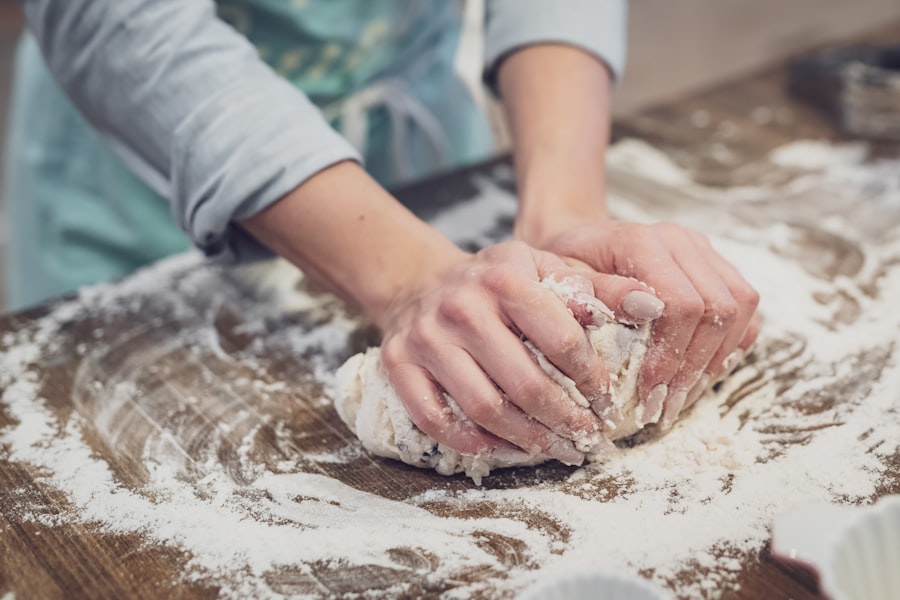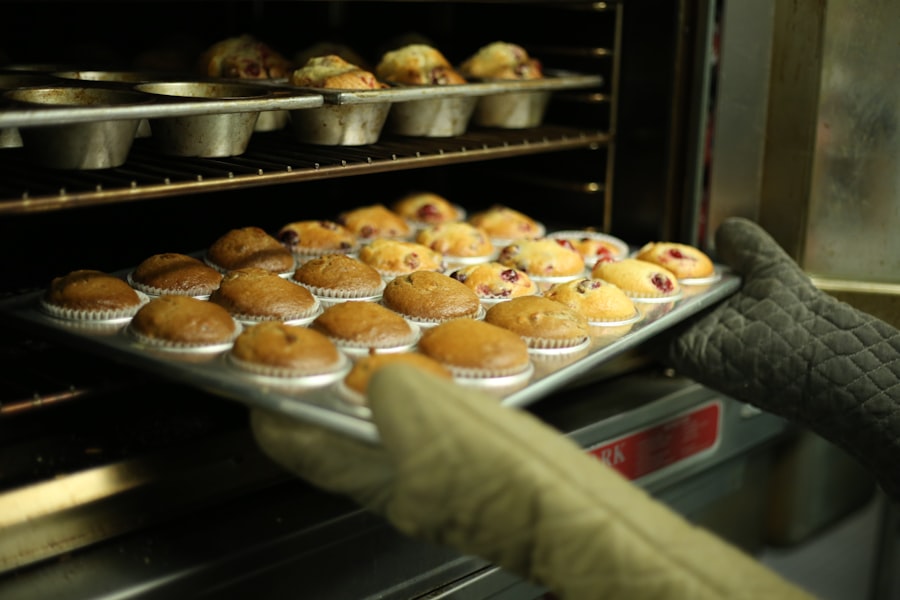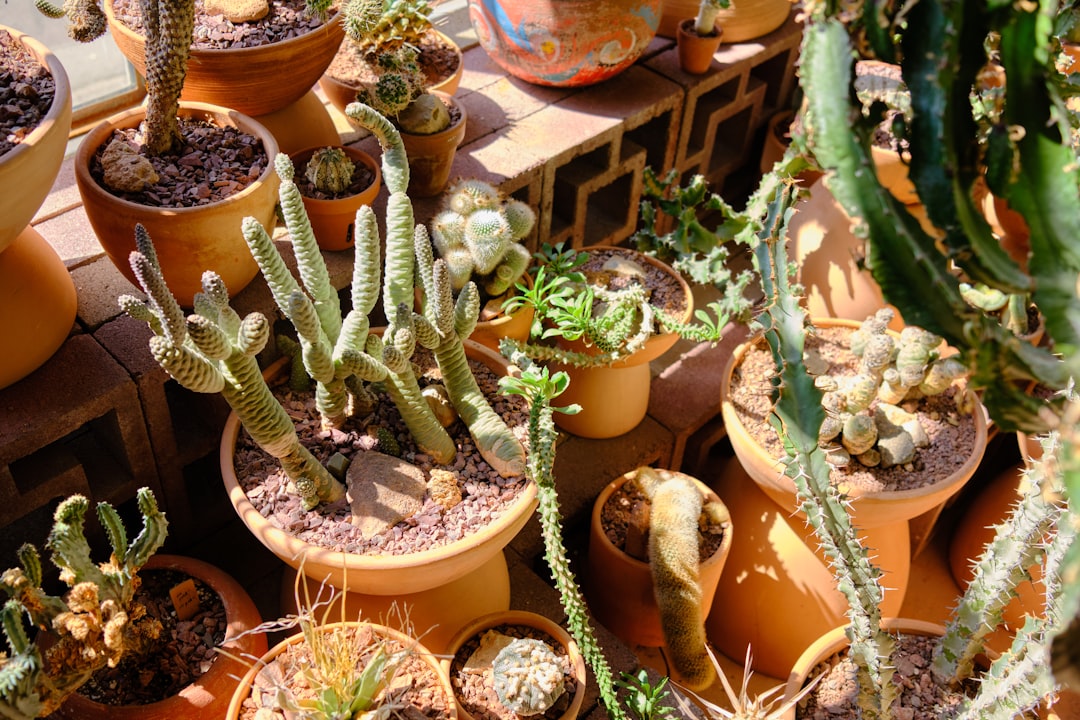Baking soda, chemically known as sodium bicarbonate, is a versatile compound that has found its way into various applications, from cooking to cleaning. However, its utility extends beyond the kitchen and household chores; it has garnered attention in the gardening community for its potential benefits to plant health. This simple white powder can serve multiple roles in the garden, acting as a natural remedy for various plant ailments and enhancing soil quality.
As gardeners increasingly seek organic and eco-friendly solutions, baking soda emerges as a compelling option that aligns with sustainable practices. The use of baking soda in gardening is not a new concept; it has been employed for decades by home gardeners and horticulturists alike. Its effectiveness is attributed to its alkaline properties, which can influence soil chemistry and plant health.
Moreover, baking soda is readily available, inexpensive, and safe for both plants and the environment when used correctly. This article delves into the myriad ways baking soda can be utilized in gardening, exploring its benefits, applications, and precautions to ensure optimal results.
Key Takeaways
- Baking soda can be used as a natural and cost-effective way to improve plant health and growth.
- Benefits of using baking soda for plants include controlling fungal diseases, neutralizing soil pH, and repelling pests.
- To use baking soda as a natural fertilizer, mix 1 teaspoon of baking soda with 1 gallon of water and apply to the soil around plants.
- Baking soda can be used to control fungal diseases in plants by mixing 1 teaspoon of baking soda with a few drops of liquid soap and applying to affected areas.
- To neutralize soil pH, sprinkle a small amount of baking soda around the base of plants and water thoroughly.
Benefits of Using Baking Soda for Plants
One of the primary benefits of using baking soda in gardening is its ability to act as a natural fungicide. Fungal diseases can wreak havoc on plants, leading to wilting, discoloration, and even death. Baking soda’s antifungal properties help combat these issues by creating an inhospitable environment for fungal spores.
When mixed with water and applied to affected plants, it can effectively reduce the incidence of diseases such as powdery mildew and black spot. In addition to its antifungal capabilities, baking soda can also enhance the overall health of plants by acting as a mild fertilizer. While it does not provide the same nutrient profile as traditional fertilizers, it can contribute to plant growth by supplying sodium and bicarbonate ions.
These elements can help regulate pH levels in the soil, promoting nutrient availability and uptake by plant roots. Furthermore, baking soda can improve soil structure, leading to better aeration and drainage, which are crucial for healthy root development.
How to Use Baking Soda as a Natural Fertilizer

To harness the benefits of baking soda as a natural fertilizer, gardeners can create a simple solution that can be applied directly to the soil or foliage of plants. A common method involves dissolving one tablespoon of baking soda in a gallon of water. This mixture can be used to water plants or sprayed onto leaves to provide a quick nutrient boost.
It is essential to apply this solution sparingly; overuse can lead to sodium buildup in the soil, which may negatively impact plant health. Another effective approach is to incorporate baking soda into compost. When added to compost piles, baking soda can help regulate pH levels and create a more balanced environment for microbial activity.
This balance is crucial for breaking down organic matter efficiently and producing nutrient-rich compost that can be used to enrich garden soil. By mixing baking soda into compost, gardeners can enhance the overall quality of their compost while reaping the benefits of this versatile compound.
Using Baking Soda to Control Fungal Diseases in Plants
Fungal diseases are among the most common challenges faced by gardeners, often leading to significant crop losses if left unchecked. Baking soda offers a natural solution for controlling these diseases without resorting to harsh chemicals. The mechanism behind its effectiveness lies in its ability to alter the pH on plant surfaces, making it difficult for fungi to thrive.
For instance, when applied as a foliar spray, baking soda creates an alkaline environment that inhibits fungal growth. To prepare a baking soda solution for combating fungal diseases, mix one tablespoon of baking soda with one gallon of water and add a few drops of liquid soap to help the solution adhere to plant surfaces. This mixture can be sprayed directly onto affected leaves and stems every seven to fourteen days until the disease is under control.
It is important to test this solution on a small area first to ensure that it does not cause any adverse reactions on sensitive plants.
Using Baking Soda to Neutralize Soil pH
Soil pH plays a critical role in determining nutrient availability and overall plant health. Many plants thrive in slightly acidic to neutral soils (pH 6-7), while others prefer more alkaline conditions. If soil tests reveal that your garden’s pH is too low (acidic), baking soda can be an effective amendment to raise the pH level.
Its alkaline nature helps neutralize acidity, creating a more balanced environment for plant growth. To use baking soda for this purpose, dissolve one tablespoon of baking soda in a gallon of water and apply it evenly across the affected area.
It is advisable to conduct soil tests periodically after application to monitor changes in pH levels.
Over-application can lead to excessive alkalinity, which may hinder nutrient absorption and negatively impact plant health. Therefore, gradual adjustments are recommended for optimal results.
How NOT to Use Baking Soda for Plants

While baking soda offers numerous benefits for gardening, it is crucial to understand how not to use it to avoid potential pitfalls. One common mistake is applying baking soda indiscriminately without considering the specific needs of different plants. Some species may be sensitive to sodium levels or may not respond well to alkaline conditions.
Therefore, it is essential to research individual plant requirements before introducing baking soda into their care regimen. Another critical aspect is avoiding excessive application. While baking soda can help improve soil conditions and combat diseases, overuse can lead to sodium buildup in the soil, which can be detrimental over time.
High sodium levels can disrupt nutrient uptake and lead to poor plant health. Gardeners should always err on the side of caution and apply baking soda solutions sparingly while monitoring their plants’ responses closely.
Risks and Side Effects of Using Baking Soda for Plants
Despite its many advantages, using baking soda in gardening is not without risks and potential side effects. One significant concern is the possibility of sodium toxicity in plants due to excessive application. Sodium ions can interfere with potassium uptake, leading to nutrient imbalances that may manifest as leaf burn or stunted growth.
This risk underscores the importance of moderation when using baking soda as a treatment or amendment. Additionally, while baking soda can effectively control certain fungal diseases, it may not be suitable for all types of pathogens. Some fungi may develop resistance over time if exposed repeatedly to the same treatment.
Therefore, it is advisable to rotate treatments and combine baking soda applications with other organic methods for disease management. This approach not only enhances effectiveness but also reduces the likelihood of resistance development.
Tips for Using Baking Soda Safely in the Garden
To maximize the benefits of baking soda while minimizing risks, gardeners should follow several best practices when incorporating this compound into their gardening routine. First and foremost, conducting regular soil tests is essential for understanding pH levels and nutrient availability. This knowledge allows gardeners to make informed decisions about when and how much baking soda to apply.
When using baking soda as a foliar spray or soil amendment, timing is crucial. Applying treatments during cooler parts of the day—such as early morning or late afternoon—can help prevent leaf burn caused by sun exposure after application. Additionally, always ensure that any solution containing baking soda is well-mixed before application to achieve uniform distribution across plant surfaces.
Using Baking Soda as a Natural Pest Repellent for Plants
In addition to its roles as a fertilizer and fungicide, baking soda can also serve as a natural pest repellent in the garden. Certain pests, such as aphids and spider mites, are deterred by the alkaline nature of baking soda when applied correctly. By creating an inhospitable environment on plant surfaces, baking soda can help reduce pest populations without resorting to synthetic pesticides.
To create a pest-repelling solution, mix one tablespoon of baking soda with one gallon of water and add a few drops of liquid soap for better adhesion.
This mixture can be sprayed directly onto affected plants every week or two as a preventive measure against pest infestations.
As with other applications of baking soda, it is essential to monitor plants closely for any adverse reactions or signs of stress.
Using Baking Soda for Composting
Baking soda can also play a valuable role in composting practices by helping maintain an optimal balance between carbon-rich (browns) and nitrogen-rich (greens) materials in compost piles. When added in moderation, it can help regulate pH levels within the compost heap, promoting healthy microbial activity essential for decomposition. To incorporate baking soda into composting efforts, sprinkle small amounts throughout the pile while mixing in other organic materials like kitchen scraps or yard waste.
This practice not only aids in maintaining proper pH but also contributes to producing high-quality compost that enriches garden soil with essential nutrients once fully decomposed.
Conclusion and Final Thoughts on Using Baking Soda for Plants
Baking soda stands out as an invaluable tool in organic gardening due to its multifaceted applications ranging from fertilization and disease control to pest management and soil amendment. Its affordability and accessibility make it an attractive option for both novice gardeners and seasoned horticulturists alike who seek sustainable practices without compromising plant health or environmental integrity. However, like any gardening practice, using baking soda requires knowledge and caution.
Understanding how it interacts with different plants and soil conditions is vital for achieving desired outcomes while minimizing risks associated with overuse or improper application methods. By following best practices and remaining attentive to their plants’ needs, gardeners can harness the power of this simple compound effectively while fostering thriving gardens that flourish naturally.
If you’re looking to enhance the growth of your plants, you may want to consider using baking soda as a natural remedy. However, it’s important to use it correctly to avoid harming your plants. For more tips on how to properly care for your plants, check out this informative article on top outdoor plant fertilizers for lush growth. This guide will provide you with valuable insights on how to choose the best fertilizers for your plants to ensure they thrive and flourish.
FAQs
What is baking soda and how does it work for plants?
Baking soda, or sodium bicarbonate, is a white crystalline powder that can be used for various household purposes, including gardening. It works for plants by helping to regulate pH levels in the soil, acting as a natural fungicide, and providing essential nutrients like sodium and bicarbonate.
What are the best ways to use baking soda for plants?
Some of the best ways to use baking soda for plants include using it as a natural fungicide to prevent and treat fungal diseases, as a foliar spray to deter pests, and as a soil amendment to help regulate pH levels and provide essential nutrients.
How much baking soda should be used for plants?
When using baking soda as a natural fungicide or pest deterrent, it is recommended to mix 1 teaspoon of baking soda with 1 quart of water and a few drops of liquid soap. When using it as a soil amendment, the recommended amount is 1/4 teaspoon of baking soda per gallon of water.
Are there any plants that should not be treated with baking soda?
While baking soda can be beneficial for many plants, it is not recommended for use on plants that prefer acidic soil, such as azaleas, rhododendrons, and blueberries. Additionally, it should be used sparingly on plants with sensitive foliage, as it can cause leaf burn in high concentrations.
What are some common mistakes to avoid when using baking soda for plants?
Some common mistakes to avoid when using baking soda for plants include using too much, using it on sensitive plants, and using it in combination with acidic fertilizers or pesticides. It is important to follow recommended dosages and application methods to avoid harming the plants.

